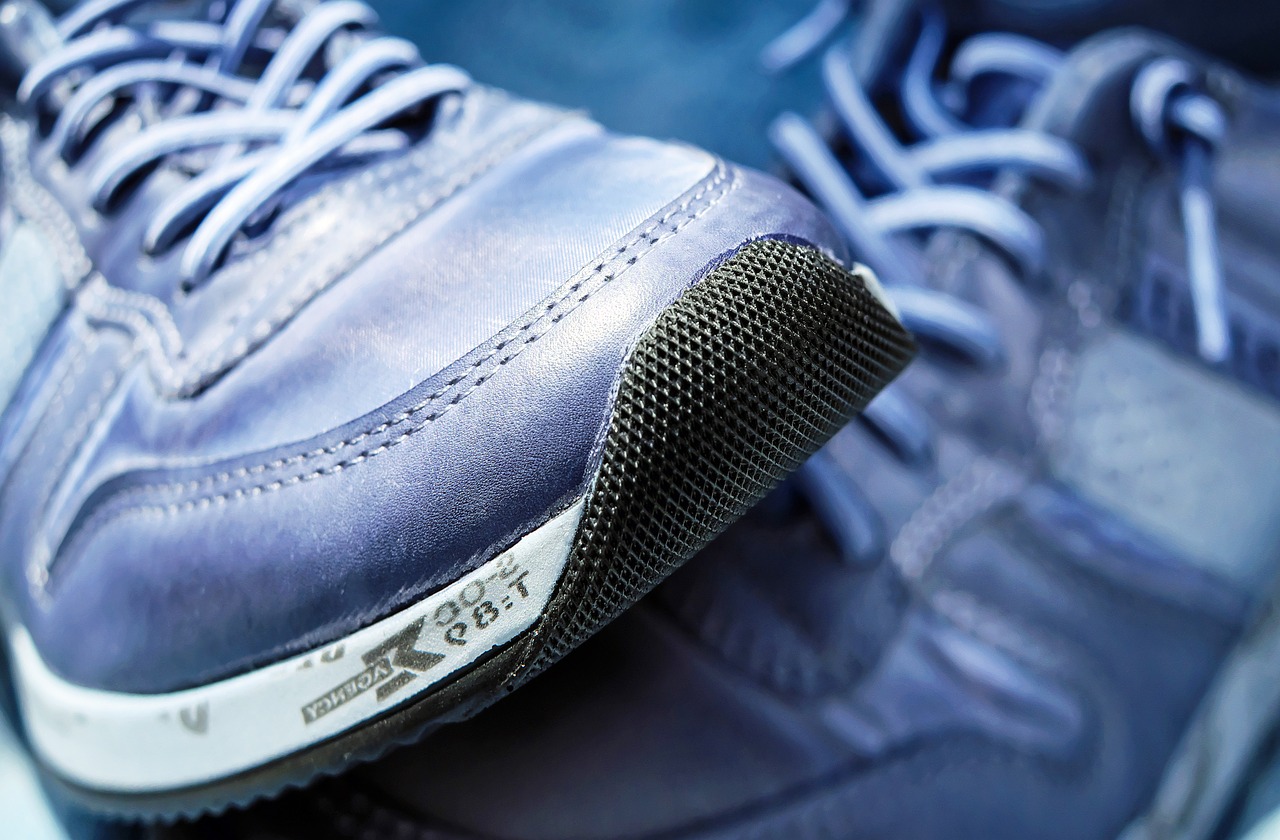Exercising with type 1 diabetes

Three weeks ago I started jogging. It was humiliating as people ran past me all the time. Since then, I got a bit faster and more resilient. Beginnings are always the worst. It’s been interesting to see the difference it’s made to my blood glucose.
My insulin sensitivity changed quite a bit, and there were a few hypos. I’ve lowered my basal insulin dose by 20%, from 16u to 13u a day. I’m also taking about 25% less mealtime insulin. While I was aware that insulin sensitivity would improve with exercise, I wasn’t expecting it to change that much.
Since reading about the potential link between low insulin levels and longevity, I’ve been interested in finding ways to lower my insulin while still preserving healthy blood sugars. When it comes to insulin, you take what you need to keep blood sugars in the normal range. Anything else is a secondary concern, but it’s nice when something like exercise comes along and takes you by surprise.
Another bonus is the endorphin rush that comes with running. It’s a great way to clear your mind, and the post-exercise boost is powerful. I now get what all those friends of mine who turned gym-slaves were on about. You become addicted to the rush.
While moderate exercise increases insulin sensitivity, intense exercise can spike blood glucose. A couple of times, when I overdid the running a bit in the hope of passing my fellow joggers, blood sugar shot up. I went from 5 mmol/l (90 mg/dl) before exercise to 9 mmol/l (162 mg/dl) afterwards. That’s quite a significant rise, and it taught me to be a bit careful with overdoing it. The idea is to use exercise to improve blood glucose control, not worsen it.
When blood sugar spikes during intense exercise, which I’ve read happens as the liver puts out extra glucose to fuel the muscles, you need to take insulin to get levels back down again. I’m sticking to my intervals with five minutes running, followed by five minutes of brisk walking. Anything more qualifies as too intense for my untrained self.